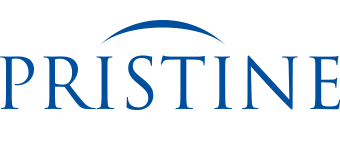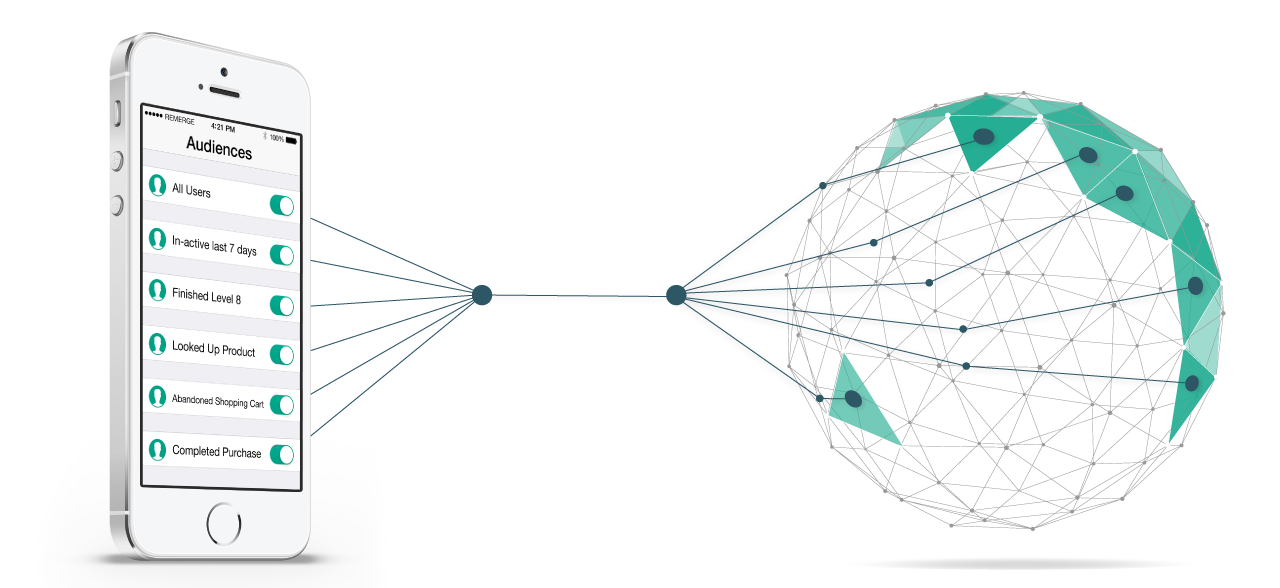 A Q&A with Pristine Evangelist Lucas Schlager. The Austin, Texas-based startup, which has built a HIPAA-compliant telemedicine solution for Google Glass, announced the closing of a $5.4 million Series A funding round in late September. Investors include S3 Ventures, Capital Factory and Healthfundr. It was founded last year by Kyle Samani and Patrick Kolencherry, and raised Seed funding in two previous rounds.
A Q&A with Pristine Evangelist Lucas Schlager. The Austin, Texas-based startup, which has built a HIPAA-compliant telemedicine solution for Google Glass, announced the closing of a $5.4 million Series A funding round in late September. Investors include S3 Ventures, Capital Factory and Healthfundr. It was founded last year by Kyle Samani and Patrick Kolencherry, and raised Seed funding in two previous rounds.
SUB: Please describe Pristine and your primary innovation.
Schlager: Pristine is dedicated to solving the challenge of “Hey, can you come over here and look at this?” through enterprise-grade wearable and mobile communications solutions.
Pristine’s flagship product, EyeSight, is a lightweight, flexible, and secure video communication platform that supports nearly any device, and is the only HIPAA-compliant, first-person audio/video streaming solution optimized for Google Glass. EyeSight supports a world in which physical and geographic barriers to medical expertise are made irrelevant via instant, lightweight telepresence.
SUB: Who are your target markets and users?
Schlager: Our core market is made of up healthcare providers—hospitals, academic medical centers, and so forth. Within these institutions, our end users range from nurses, to students, to doctors, to residents. Among those groups, the use cases range from emergency rooms, where EyeSight enables residents and attendings to ‘beam in’ specialists, to medical schools, where EyeSight is used to bring—quite literally—a new perspective to medical education.
At the intersection of healthcare and business, we’re also working with several medical device companies on remote support applications.
SUB: Who do you consider to be your competition, and what differentiates Pristine from the competition?
Schlager: While there are a number of companies currently operating in the ‘glass at work’ space, we’re unique in offering a full, managed solution. It’s not just an app; rather, we provide hardware, software, and—most importantly—expertise to help our clients integrate this very young technology into their workflows and processes.
SUB: You just announced that you’ve raised $5.4 million in Series A funding. Why was this a particularly good time to raise funding?
Schlager: The market for wearables in professional applications is heating up, and it’s apparent to many that technologies like Glass will be a game-changer for supporting workers—whether they’re doctors, nurses, or mechanics—who possess unique skills and deep knowledge in their area of expertise. Because it’s hands-free, smart glasses and other wearables are fulfilling the potential that other mobile devices haven’t quite reached: A tiny computer that helps you do your job, but doesn’t get in the way.
With that in mind, it was a perfect time to gather the necessary resources to capitalize on our early success and traction.
SUB: How do you plan to use the funds?
Schlager: The next step for us is growth, and that’s what this new investment will enable for us. We’re aggressively growing our team, both on the engineering and business sides, to help us scale what we’ve already built. I encourage your readers to check out our careers page if they’re interested in joining our mission.
SUB: What was the inspiration behind the idea for Pristine? Was there an ‘aha’ moment, or was the idea more gradual in developing?
Schlager: The announcement of the Glass Explorer program in February, 2013, was an ‘aha’ moment for cofounder and CEO Kyle Samani, who at the time was leading design and development of an electronic medical record system—and thus was immersed in the healthcare IT world. It went a little something like: “Hands-free, voice activated computer…for healthcare? Amazing!”
SUB: What were the first steps you took in establishing the company?
Schlager: From that ‘aha’ moment, a company needed to be started, so Kyle linked up with high school computer science classmate and all-around technical wizard Patrick Kolencherry to found the company. From there, the initial challenges were centered around building the first iteration of the product, starting the first pilot, hiring the first few key team members.
SUB: How did you come up with the name? What is the story or meaning behind it?
Schlager: As a name, Pristine represented what Patrick and Kyle wanted the newly formed company to stand for: Seamless; pure; handsfree. Free to do one’s job, with aid—as needed—from Glass, without being encumbered.
SUB: What have the most significant challenges been so far to building the company?
Schlager: Our first few challenges were pretty common to early-stage startups. We needed to make sure that the problem/pain point we saw in healthcare could be validated. Subsequently, we had to figure out whether our solution alleviated that problem. And of course, we needed to ensure that our customers would pay for that solution.
SUB: How do you generate revenue or plan to generate revenue?
Schlager: As I mentioned above, we provide a fully-managed solution; we bill for that in a subscription model that encompasses hardware, software, and support that delights our customers and helps them achieve success. SaaS (Software-as-a-Service) is a pretty common concept in the startup world, but I think of us as a ‘Solutions-as-a-Service’ company.
SUB: What are your goals for Pristine over the next year or so?
Schlager: Over the last 18 months, we’ve proven that our technology is viable, scalable, and solves our customers’ problems. We’re really, really excited to build on what we’ve done so far, and demonstrate that success at scale. It’s all growth from here!












